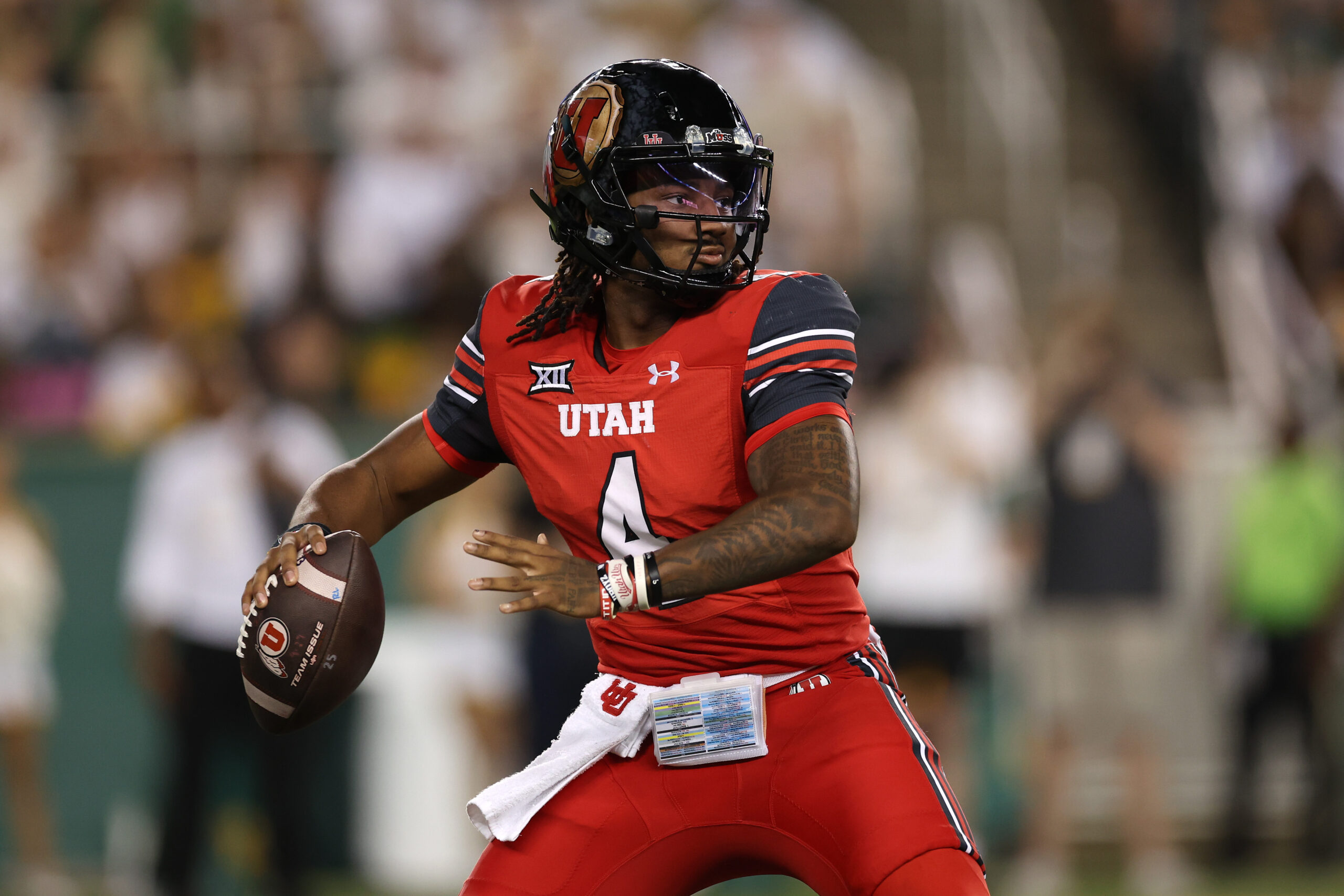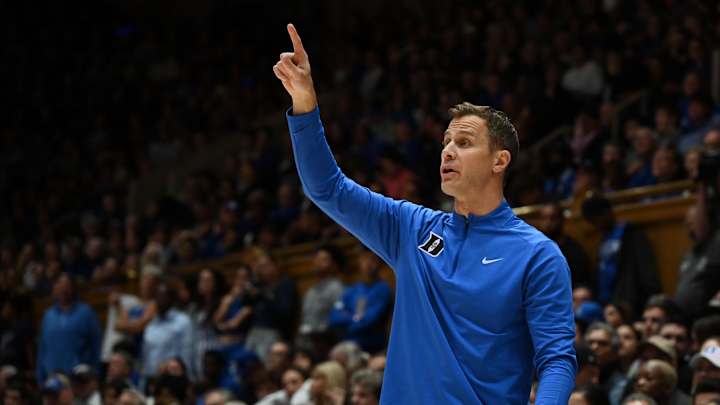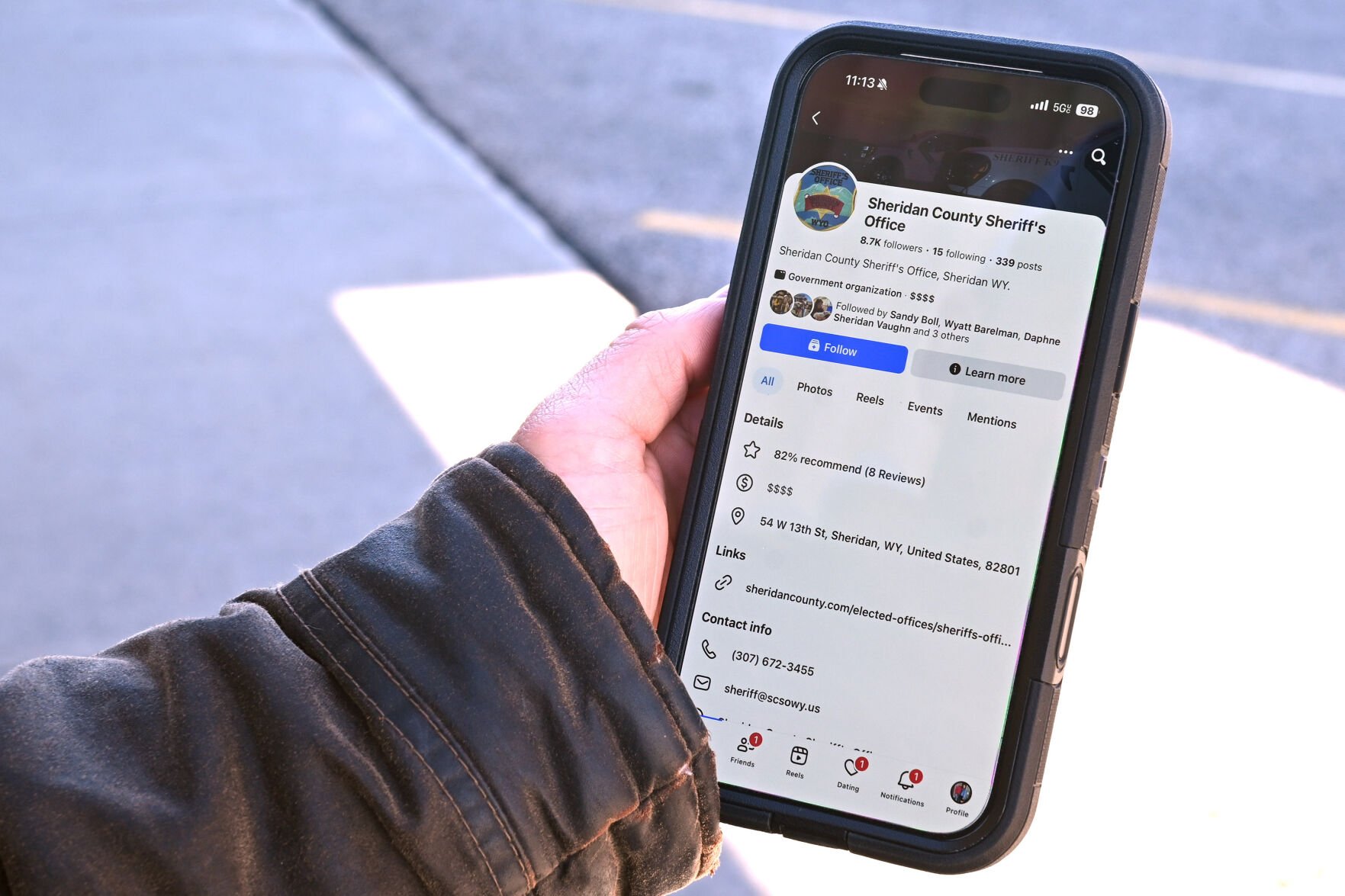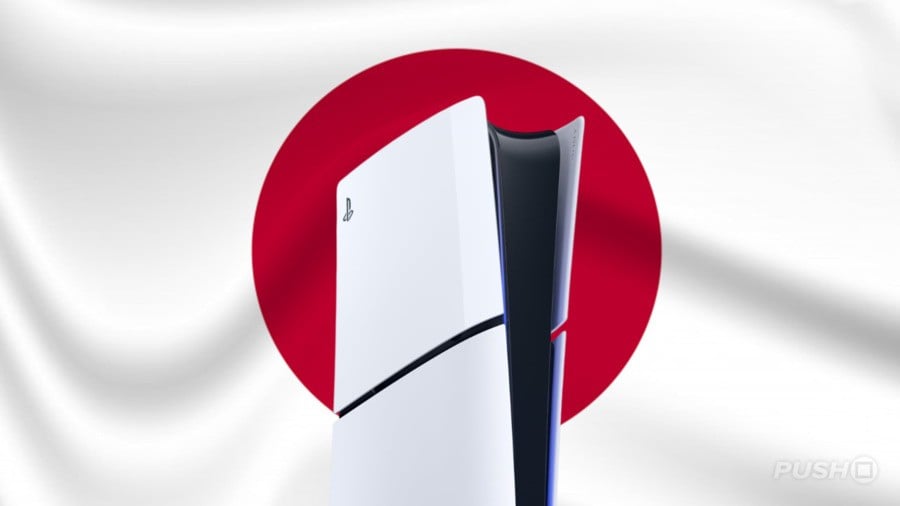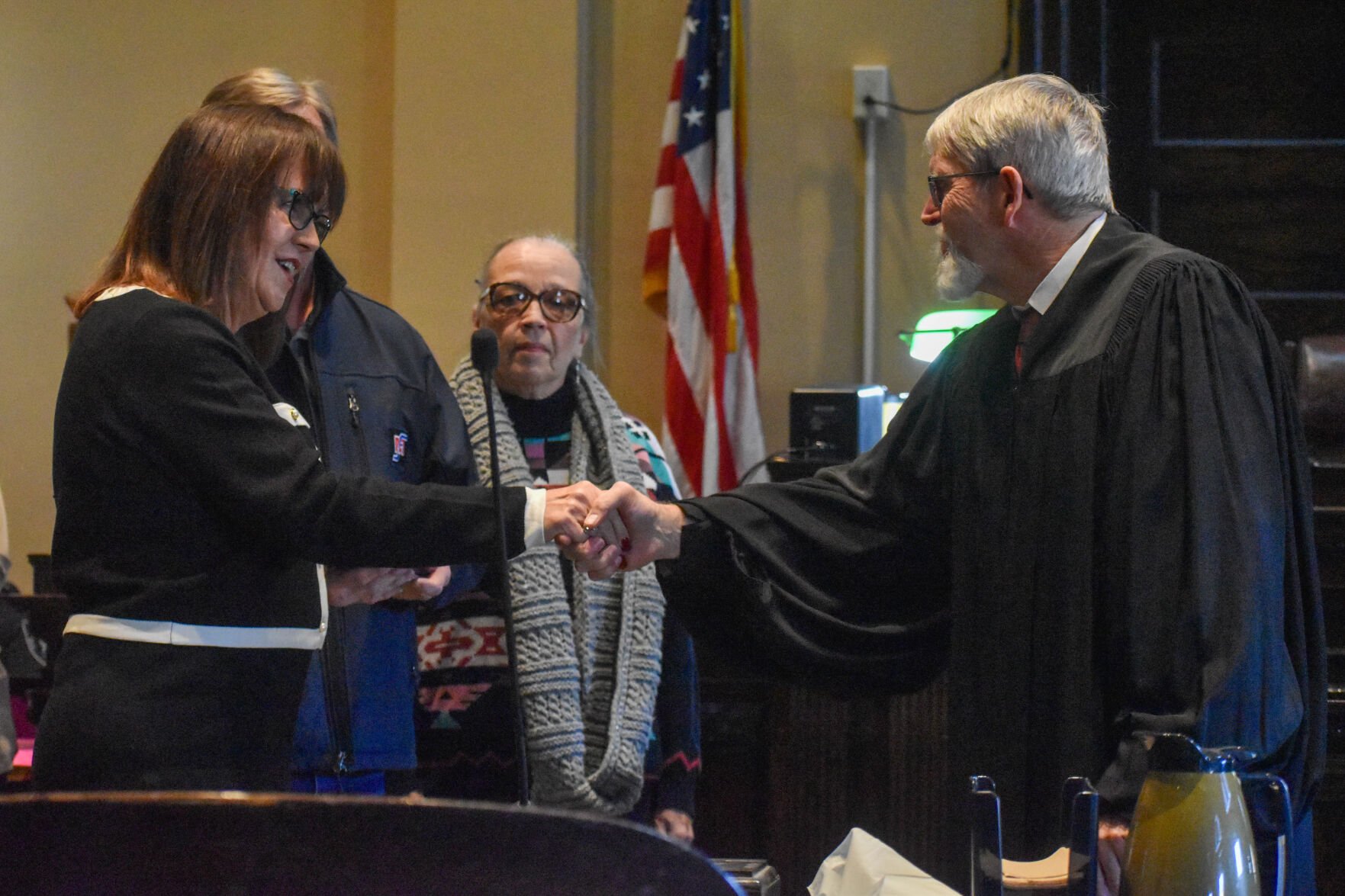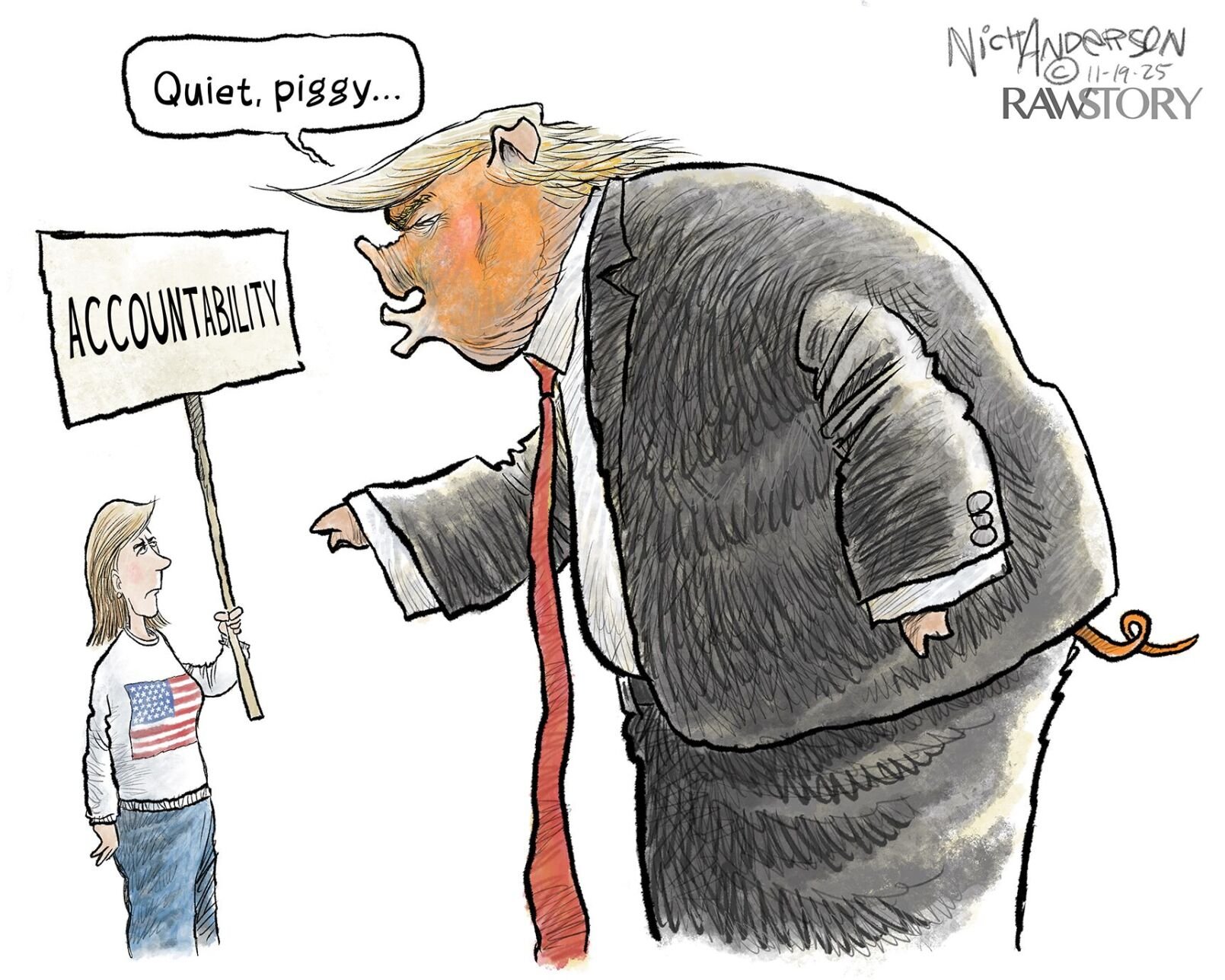Polyvinyl butyral (PVB) is on track to grow from USD 1.5 billion in 2025 to USD 1.9 billion by 2030, signaling a 5% annual rise. Fueled by the automotive, construction, and renewable energy sectors, the market reflects shifting safety standards, green regulations, and consumer demand for environmentally friendly materials.
Polyvinyl Butyral Market worth $1.9 billion by 2030 – Exclusive Report by MarketsandMarketsTM
Key Takeaways:
- The PVB market is projected to climb from USD 1.5 billion to USD 1.9 billion by 2030.
- Automotive demands, especially for laminated safety glass, are a key growth driver.
- Construction sector adoption is fueled by green building regulations and infrastructure expansion.
- PVB use in renewable energy applications supports sustainability goals.
- Asia Pacific, led by China and India, is emerging as the strongest regional market.
Overview
The polyvinyl butyral (PVB) market is experiencing a promising expansion driven by several global industries. Forecasts indicate that the market, currently valued at USD 1.5 billion in 2025, is expected to reach USD 1.9 billion by 2030 at an annual growth rate of 5%. Much of this demand stems from the automotive sector’s need for safety glass and from construction projects that increasingly rely on laminated glass solutions.
Market Overview
A recent report projects sustained growth for PVB over the coming years. Current estimates show that major industrial sectors continue to adopt PVB for its adhesion, impact resistance, and optical clarity. Below is a snapshot of the market’s projected trajectory:
| Year | Projected Market Size (USD) |
|---|---|
| 2025 | 1.5 billion |
| 2030 | 1.9 billion |
Automotive Industry on the Rise
As vehicle production expands globally, automotive manufacturers are turning to laminated safety glass that uses PVB as an interlayer. According to the original report, strict safety regulations and increased interest in electric vehicles (EVs) have further energized demand. “PVB is a crucial material in laminated safety glass used in windshields, side windows, and panoramic sunroofs,” states the research, highlighting how PVB’s acoustic insulation and UV protection make it an essential choice for modern automotive design.
Construction and Renewable Energy
Urbanization, booming real estate markets, and green building codes drive the use of PVB in large-scale construction. Laminated glass incorporating PVB enhances impact resistance and overall building safety. Additionally, PVB plays a key role in solar energy systems as an encapsulant in photovoltaic modules, safeguarding vital components from moisture and other environmental factors.
Technology and Sustainability
Recent industry developments point to an increasing focus on sustainability. Recycled or bio-based PVB products are gaining prominence in line with global environmental initiatives. Many companies are investing in technological advancements to produce PVB interlayers that meet evolving regulatory standards and deliver the durability, acoustic performance, and clarity demanded in high-technology applications.
Looking Ahead
The road ahead for polyvinyl butyral appears bright. With stringent safety mandates in automotive manufacturing, expanding use in construction projects worldwide, and growing emphasis on renewable energy solutions, PVB is set to maintain consistent market momentum. Regional production, especially in Asia Pacific, is poised to keep pace with burgeoning demand, positioning PVB as a cornerstone material in the evolving industrial landscape.

